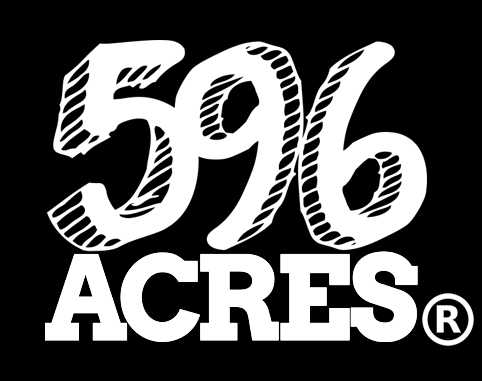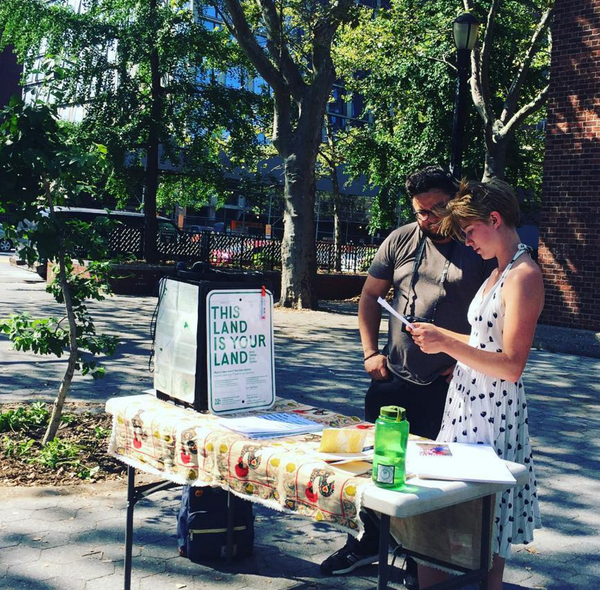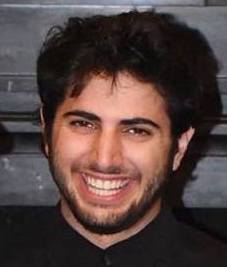Since I started my internship in May, I have gotten a crash course in New York City land policy: learning by doing.
The Gardens Are Community, Community Spaces in Jeopardy Bike Ride! bike tour with Public Space Party took me to Imani, Maple Street, and Elizabeth Street gardens, all of which are fighting for their right to remain community spaces within the city. What has struck me when visiting these is just how different each is, a reflection of the unique collections of people that make up the groups tending the spaces.
I also edited a blog post by Gabriel Park of Java Street Garden about decentralizing control in community gardens. Democratic management of a community space is often much more difficult and time-consuming than simply following a garden monarch. It does, however, make for a more stable and inclusive place, and helps us to imagine where else in our lives and world we could implement systems like these.
I tabled for 596 at a couple of Crown Heights festivals, talking with community members about the spaces in their neighborhoods, oriented them to existing and potential community spaces, and imagined new life for several vacant lots with kids and crayons.
I’m convinced that hanging a sign is a steady, visible way to initiate change and the spread of information. It really works: people read them and respond!
Recently I have been spending time on the Lower East Side (LES), investigating vacant or barely-used buildings in the NYC Parks Department inventory. I started making a map of them. This involved sifting through 3700 rows of data in a spreadsheet downloaded from the NYC OpenData portal to find these buildings. I sorted and plotted and found 11 buildings that could be serving their communities better.
An in-person scavenger hunt using our new map revealed some underused gems. The LES is just one part of a potentially larger map of underused parks-owned buildings in NYC. I’m getting excited thinking about how we can include and visualize public buildings—not just the land they stand on—in our network of public space resources.
Shannon Pepper, Summer 2016 Intern
Shannon hails from the West Coast, bringing with her a love of land and how it shapes and influences the people on it. She holds a BS in Resource Conservation from the University of Montana. After graduating she walked from Mexico to Canada on the 2,600-mile Pacific Crest Trail and reflected on people and orientation and the importance of a flexible perspective when talking about land ownership. After her hike she lived and worked on a ranch in Washington stewarded by Sacred Earth Foundation, a nonprofit land trust with a mission to teach “children of all ages” how to care for the important land and communities in their lives. A road trip that never ended brought her to Brooklyn, where she works in a butcher shop and became fascinated with urban land use policy and how it relates to gentrification, as well as the importance of public green space to the sanity of all people. She spends her spare time with queer studies, figure drawing, hip hop classes, and walking around her neighborhood.







